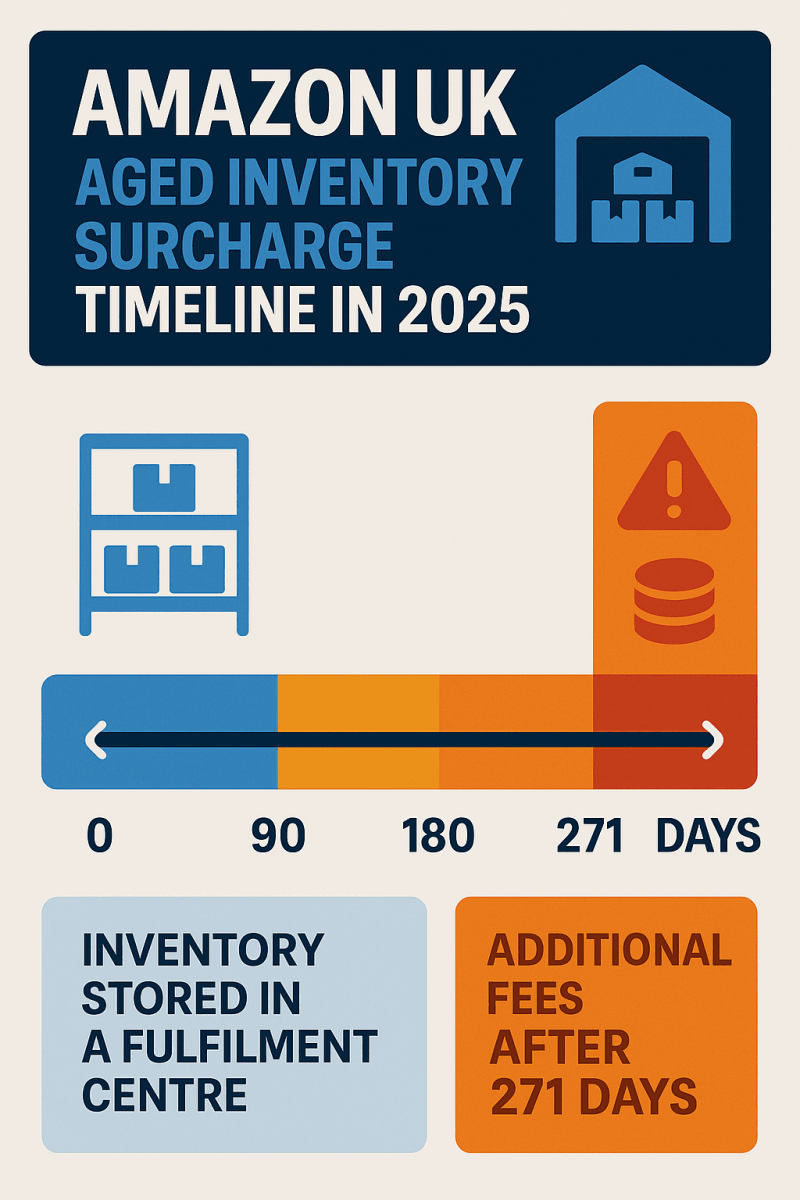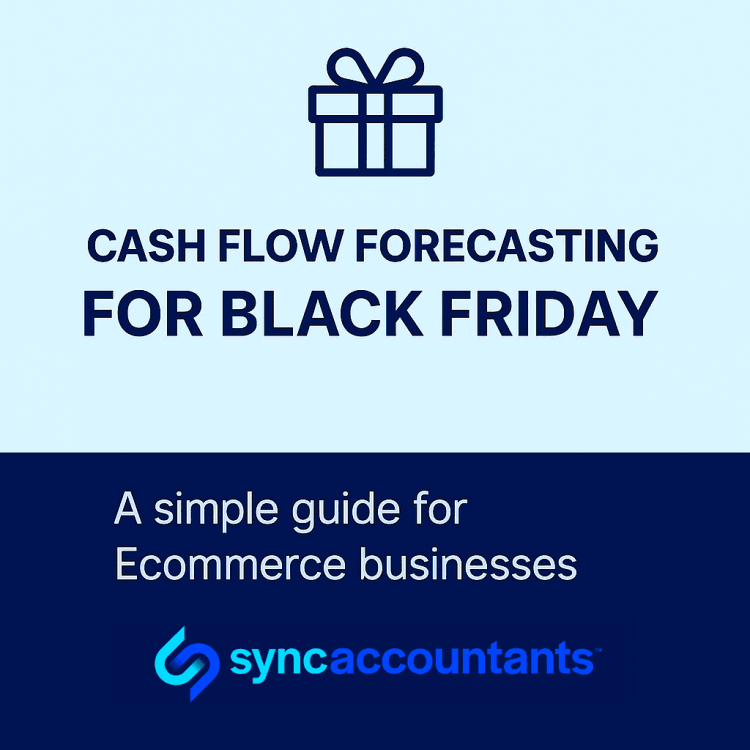
How Refunds Affect Your Taxes as a UK Ecommerce Business: A Guide for Amazon, TikTok, and Shopify Sellers
June 12, 2025
EU Customs & VAT Reforms 2028: Essential Guide for UK Businesses
June 26, 2025🏷 Introduction
Selling via Amazon FBA in the UK remains a lucrative opportunity—but 2025 brings new cost pressures. Rising fulfilment, storage, returns, and referral fees are squeezing profit margins for sellers across all categories. Let’s unpack why this is happening, how it impacts your bottom line, and what you can do to adapt.
📈 What’s Changing & Why
Amazon announced several key FBA fee adjustments starting February and June 2025:
1. Fulfilment Fee Increases (June 2025)
- Standard-size items: Average rises of 4–6%
- Oversized (‘Plus-size’) items: Up to 8% increase
- Amazon cites rising operational and logistics costs behind these hikes.
2. Storage Fee Adjustments
- Monthly storage rates are rising, particularly in low season.
- Aged inventory surcharge now kicks in earlier—after 271 days instead of 365

3. Returns & Prep Fees
- Handling return-heavy product categories (like apparel) now carries additional surcharge
- Optional labelling, bubble-wrapping, and taping services will incur higher charges
4. Referral Fee & Tier Simplification
- While some referral fees dropped—like reducing the minimum for heavy items from £25 to £20—others (e.g. pet supplies, home goods) saw commission rates rise 2–3%
- Oversize fee tiers have been simplified from 28 to 17 brackets
💸 Margin Impact: The Numbers
- UK FBA average profit margins hovered around 15–20% in 2023
- With fulfilment and storage fee increases, margins for standard-size items may drop 3–5 percentage points, and oversized goods could lose more.
- Referral fee increases and higher return processing could erode another 1–2%, bringing total margin compression up to 8%.
Example:
A £25 product costing £10:
| Component | Before Fee Rise | After Fee Rise |
|---|---|---|
| Fulfilment Fee | £3.50 | £3.75 (+7%) |
| Monthly Storage Allocation | £0.20 | £0.25 (+25%) |
| Returns / Prep Fees | £0.50 | £0.65 (+30%) |
| Referral Fee | £3.75 (15%) | £4.00 (16%) |
Gross Profit Drops: from £7.05 to £6.35—a loss of ~10% in margin.
🔍 Why This Matters for UK Sellers
- Pricing Must Adapt
Adjust retail prices, bundles, or offer tiered shipping to maintain margins. - Inventory Turnover Is Key
Reduce storage costs by avoiding aged inventory—especially with the earlier surcharge. - Return Management
Improve descriptions and quality control to lower return-associated fees. - Category Strategy
Oversized or return-heavy items are now costlier—refocus on lightweight, fast-moving SKUs.
🚀 How to Respond: Seller Action Plan
✅ Audit Your Listings
- Use updated fee calculators (e.g. SourceCentral’s 2025 UK fee tool)
- Identify SKUs most affected by envelope or oversize fee increases.
📦 Optimise Packaging & Size
- Switch to smaller envelope tiers or lighter materials where possible.
🛒 Consider Alternative Channels
- For low-cost or large items, explore Seller-Fulfilled Prime or direct fulfillment outside of FBA.
🎯 Use New Seller Incentives
- Amazon’s “FBA New Selection” program waives some introductory fees for new listings (up to 100 units).
🔄 Regular Repricing & Inventory Dashboards
- Adjust prices and stock levels proactively, using repricing tools and Amazon’s in-built dashboards.
🧠 Final Thoughts
In 2025, UK Amazon sellers face a more challenging cost landscape: fulfilment, storage, prep, returns, and referral fees are all increasing. The result? Shrinking margins—potentially by 5–10%.
But smart strategies—like SKU-level cost audits, package optimisation, fast turnover focus, and use of Amazon incentives—can help you adapt. Stay agile, use the right tools, and keep your pricing sharp to continue thriving in the Amazon UK marketplace.



